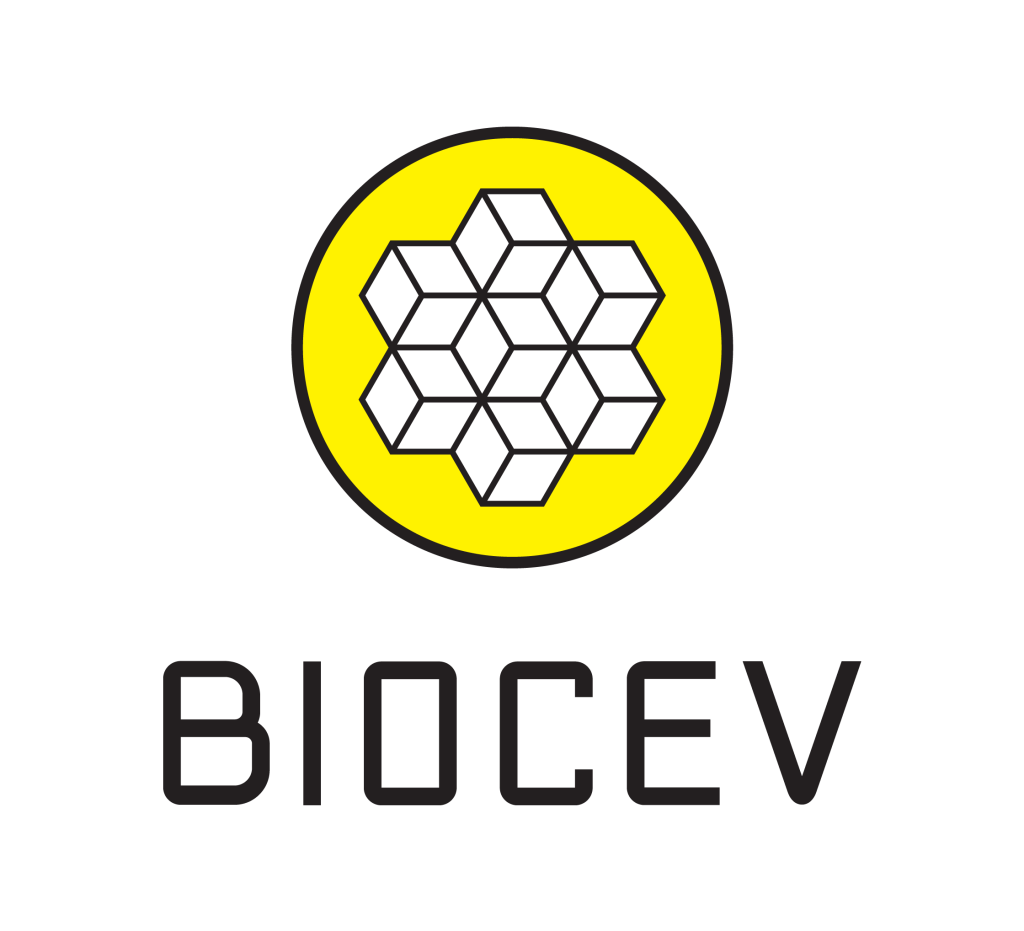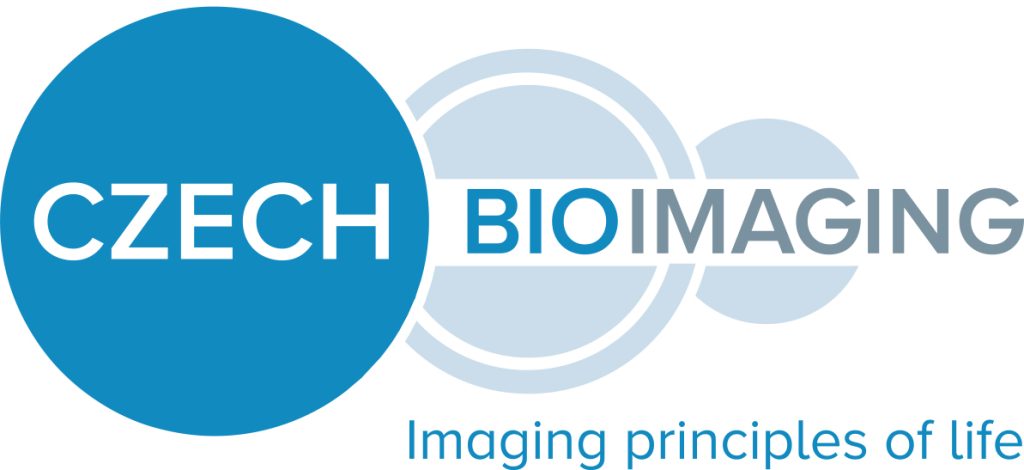Scientists from the Laboratory of Biomaterials and Tissue Engineering at the Institute of Physiology of the CAS have been involved in developing an innovative method for preparing stem cell growth-promoting surfaces. The work focused on a construct based on perfluoroethylene propylene (FEP) as a load-bearing primary substrate, coated with the biopolymer poly-L-lactic acid (PLLA), which was modified into a “honeycomb” like structure using advanced technologies such as plasma exposure followed by exposure of this structure to an excimer laser. These surfaces were designed to serve as a supportive environment for culturing mesenchymal stem cells derived from subcutaneous adipose tissue. The researchers created microscopic honeycomb-like patterns on the polymer materials, which were then treated with laser or plasma. These modifications changed the chemical composition and physical properties of the surface, improving its ability to support cell growth. The surfaces were tested on adipose tissue stem cells. The results showed that the cells adhered well to the surface and exhibited high metabolic activity and healthy growth. This technology could be used to develop artificial tissues, such as vascular replacements or other biological implants.
This research represents a significant step forward in tissue engineering and demonstrates how modern technology can support regenerative medicine. The results could lead to advances in treating various diseases and injuries using degradable biocompatible materials, serving as temporary support for regenerating tissue.
Reference:
Slepička P., Kasálková-Slepičková N., Musílková J., Bačáková L., Frýdlova B., Sajdl P., Kolská Z., Rebollar E., Švorčík V.: PLLA honeycombs activated by plasma and high-energy excimer laser for stem cell support. Applied Surface Science Advances 25:100662 (2025). DOI IF = 7.5










